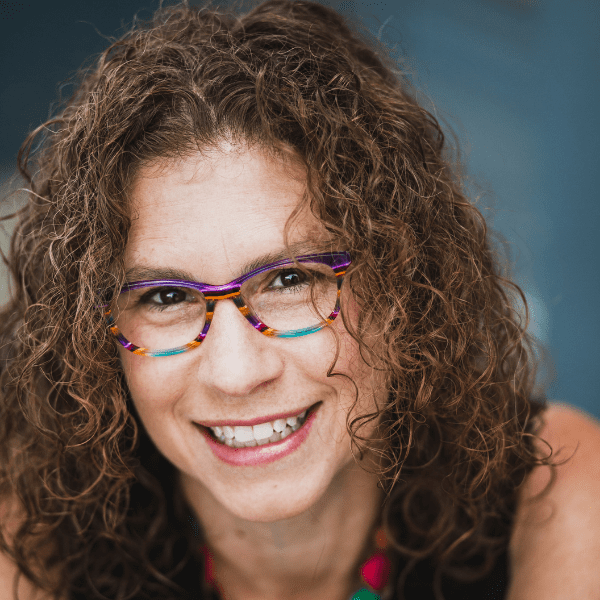Yesterday, I called a home inspector, Ed Green, to schedule service for our new home. He came highly recommended by our realtor. As soon as he started talking, I knew why.
Ed loves his community. He shared story after story about postive people and experiences in his hometown. His sense of belonging — being in the exact right place for his family — was infectious.
What qualities turn a subdivision into a neighborhood? What transforms a town into a community? How can leaders, or anyone, help people gain a sense of belonging exactly where they live?
People in community work together. The people in Ed’s community wanted to build a new sports stadium for their high school. The taxes in this area are traditionally low, and the school district didn’t have funds to support the expansion. The people in the district joined forces and raised money from within the community, selling countless candy bars, securing a private loan to complete the project. Community members are still working to raise money to pay off the debt. In a similar situation, when the state couldn’t fund an indoor pool, the school district partnered with the local YMCA by giving them land to build a new location, adjacent to the high school. In return, the YMCA allows the school swim teams to practice in their pools.
People in community open their homes/lives to each other. Ed happily recalled Halloween when his kids were young. While his wife stayed home to hand out candy, he walked through the neighborhood with his kids. At about every third house, Ed said, someone was handing out special treats for the adults, like one family who supplied Rum Punch. This generous thoughtfulness, Ed explained, showed how the famillies in his community always interacted, looking out for each other’s children and welcoming one another like family.
People in community understand (and take pride in) the features that set their town apart. As I talked with Ed, he quickly pointed out all the benefits he perceives about living where he is. He easily differentiated the unique qualities of his town, especially in comparison to other nearby suburbs. He expressed and identified what makes his hometown special.
As I have written in previous posts, though, community is often elusive. People hunger for community and connectedness with others, but it is often hard-won. Even when leaders in a town or organization work to build community among the residents or employees, there will still be many who choose not to participate in the community or just can’t seem to find their niche.
What ideas do you have about how city leaders can help build a sense of community? If you love where you live and have a sense of being part of a true community, I would love to hear your stories.
This was originally posted at Mountain State University LeaderTalk and is re-posted with permission.

I am the founder/CEO of the Weaving Influence team, the author of Reach: Creating the Biggest Possible Audience for Your Message, Book, or Cause, and the host of the Book Marketing Action Podcast. I’m a wife and mom of three kids, and I enjoy running, reading, writing, coffee, and dark chocolate.


Becky, I love my community. The thing that seems to make it special is that there is a great sense of helping each other for “the greater good” of the community.
Lots can be learned about Kalamazoo and our sense of community and applied to other communities as well, from the book, “Community Capitalism: Lessons from Kalamazoo and Beyond” by Ron Kitchens.
We are the home of the Kalamazoo Promise, after all (college scholarships for graduating seniors – most a “full ride”). The money to do this was provided by anonymous local donors a few years ago. It has greatly energized the emphasis on education and children as core to a strong community.
Your post reminded me how my new neighborhood in FL in 2004 fast became a community when we were hit by 2 hurricanes 3 weeks apart. Everyone pulled together and supported each other. In just a few weeks strangers became lifelong friends and overnight we learned just how much we could count on each other.
Susan – It makes a lot of sense to me that people pull together in hard times. Have you noticed the sense of community continuing after the hurricanes as well? What did you or others do to keep it going?
Mary Jo – thanks for sharing about the book. I’ll have to check it out. I hadn’t heard of the Kalamazoo Promise, but that sounds like a great value for people to rally around and take pride in.
Have you read Turning to One Another by Meg Wheatley? The tag is “Simple Conversations to Restore Hope to the Future” She proposes that real social change comes from the ageless process of people thinking together in conversation. I think that is the heart of what creates community too.
Events, especially hard times, get us together and when we are we start talking. I think the challenge is to keep creating the opportunities so we actually keep talking.
In my neighborhood we continue to stay connected at some level and definitely support and count on each other at times, but as people moved away and new people have moved in the sense of being a community rather than a few neighbors who still connect with and support each other has faded. My community here is now more centered around my daughter’s school and activities as well as the like minded people who naturally found each other – they have become my friends and business colleagues. It now seems like there are 2 degrees of separation here rather than 6!